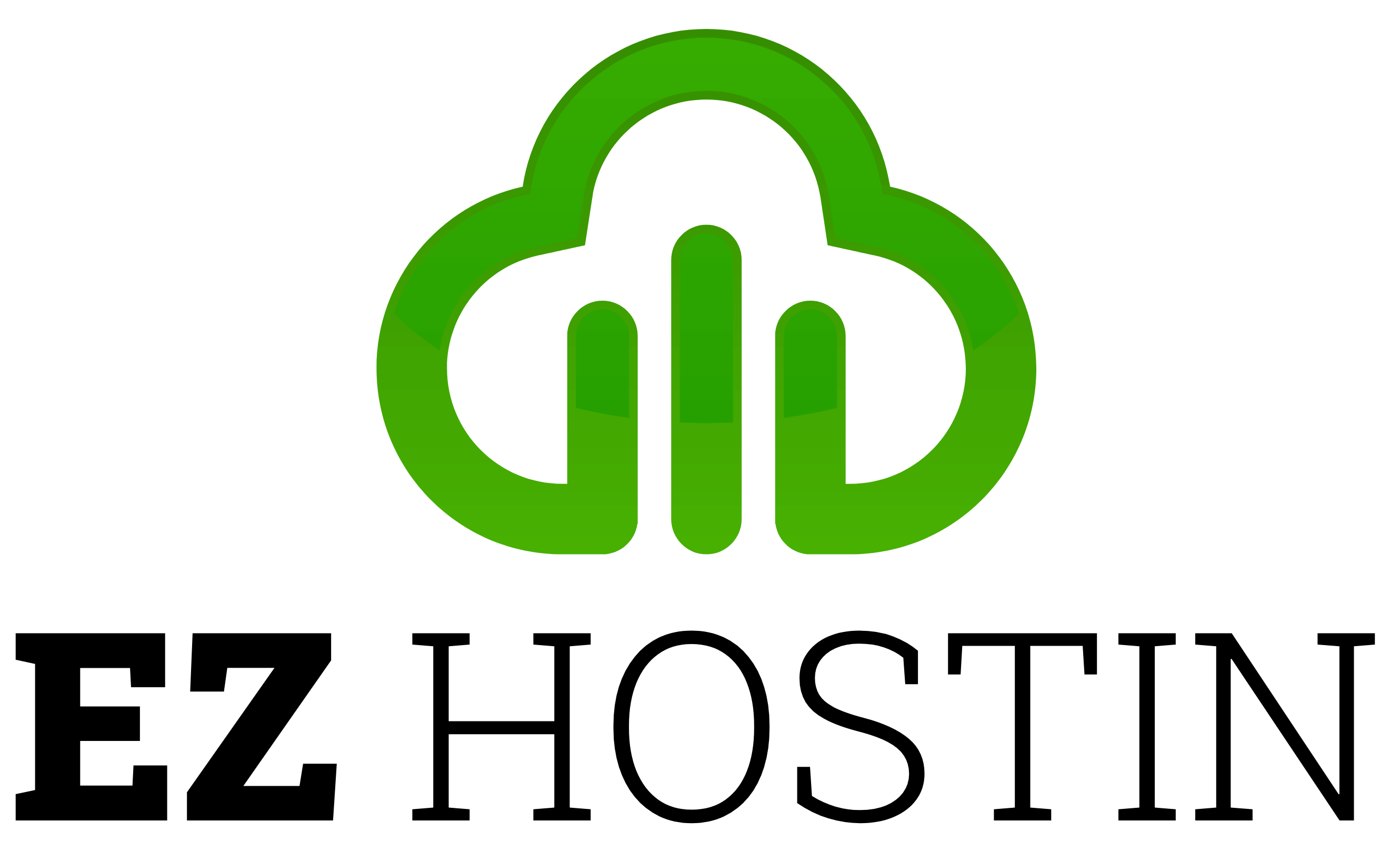In this day and age, having a website is crucial for any individual or business looking to expand their online presence and showcase their brand or offerings. However, with the ever-increasing number of hacking attempts, it’s essential to take the necessary steps to secure your website. Shockingly, a Clark School study at the University of Maryland found that hackers attack websites every 39 seconds on average, making it a real threat for WordPress security, whether small or large.
Fortunately, there are several steps you can take to make sure your website stays safe. To begin with, it’s crucial to consistently update WordPress, themes, and plugins, which can leave you vulnerable to hacks otherwise. Furthermore, all devices used for site management should have the highest level of security, and this can be ensured by having strong passwords and firewall protection.
In addition, to improve your password security, it’s advisable to create strong and unique passwords, change default usernames, limit access permissions, and even deactivate file editing. Adding an extra layer of login security with two-factor authentication is also necessary. By doing all these, your website will be less vulnerable to hacking attempts.
Moreover, you could improve your WordPress security using plugins such as JetPack, WordFence, or Sucuri to monitor your website’s security status routinely. Finally, seeking the advice of professional WordPress hosting providers can help secure your website most effectively.
In conclusion, it’s essential to take WordPress security seriously. Doing a combination of small things like regular updates, strong passwords, limiting access, and two-factor authentication can significantly improve your site’s security. Every layer of protection can make it more challenging for hackers to break into your website and potentially damage your reputation or business. By following these steps and guidelines, you can safeguard your WordPress website and keep it secure.
